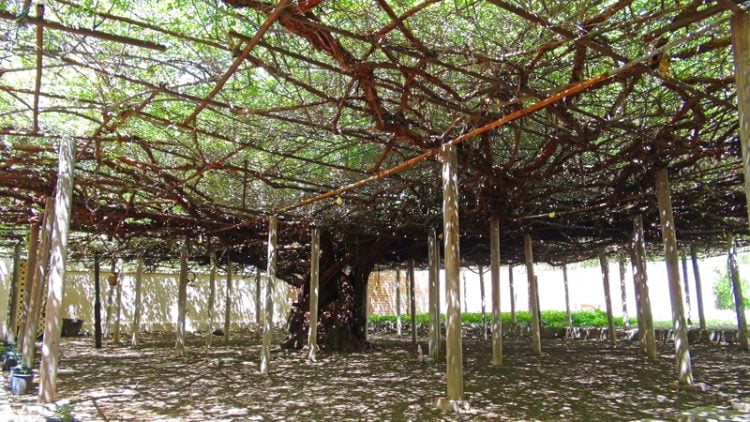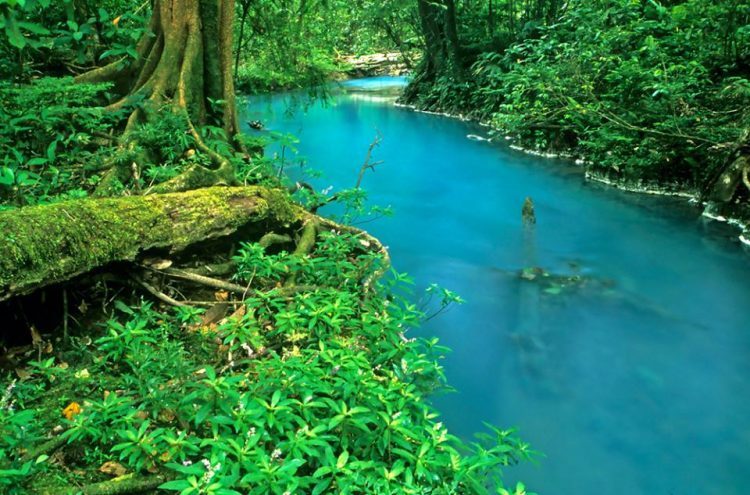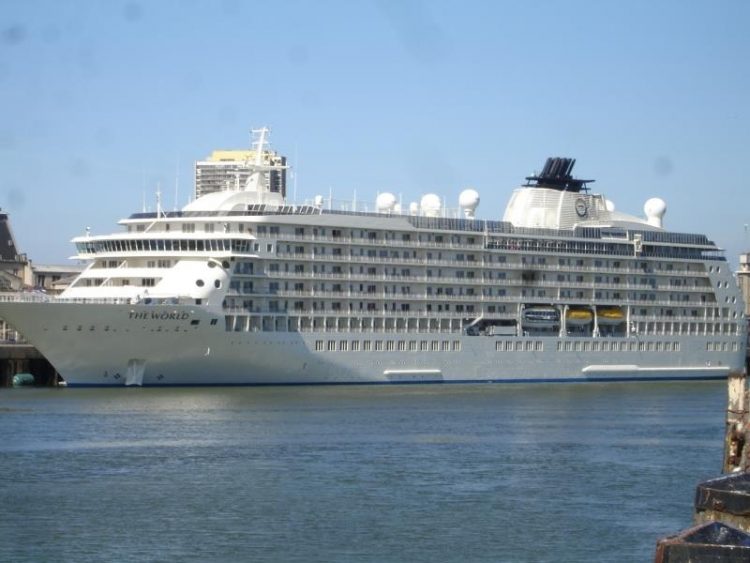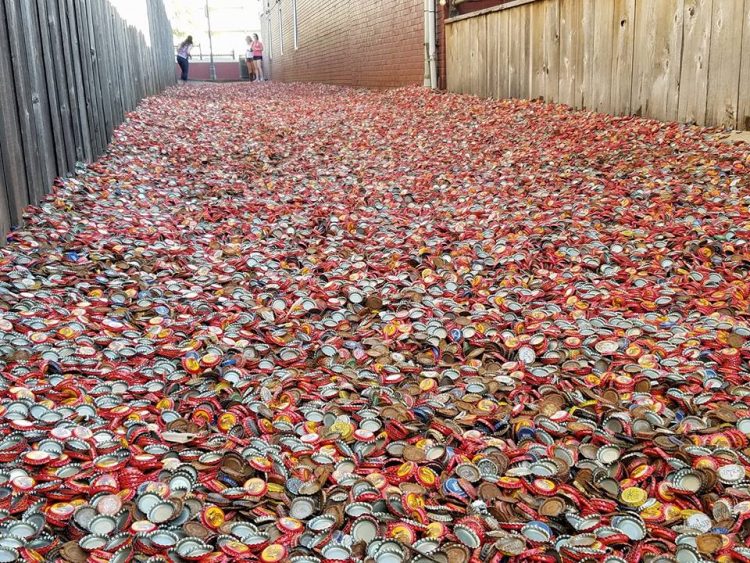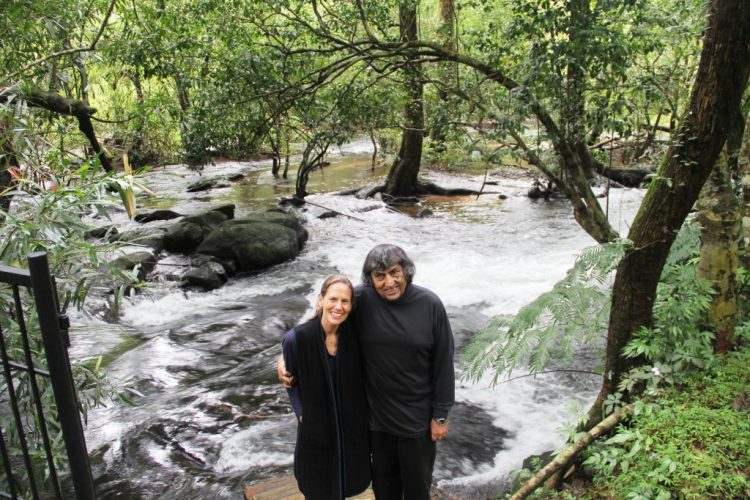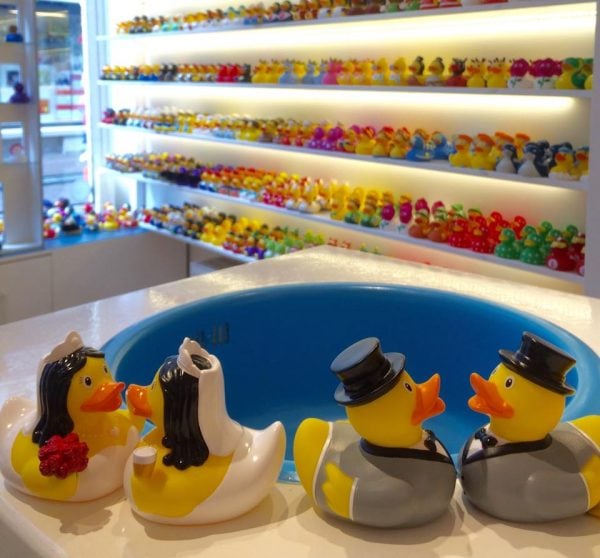Crown shyness or canopy disengagement is a mysterious natural phenomenon in which the crowns of some tree species do not touch each other, but are separated by a gap clearly visible from ground level. The effect usually occurs between trees of the same species, but has also been observed between trees of different species.
The Crown Shyness phenomenon was first documented in scientific literature during the 1920s, but researchers have since not been able to reach a consensus regarding its causes. There are many theories going around in scientific circles, most of which make sense, but no one has been able to prove without the shadow of a doubt why some trees avoid touching each other. But perhaps it’s this mystery, along with its striking appearance, that makes crown shyness such a fascinating phenomenon.


